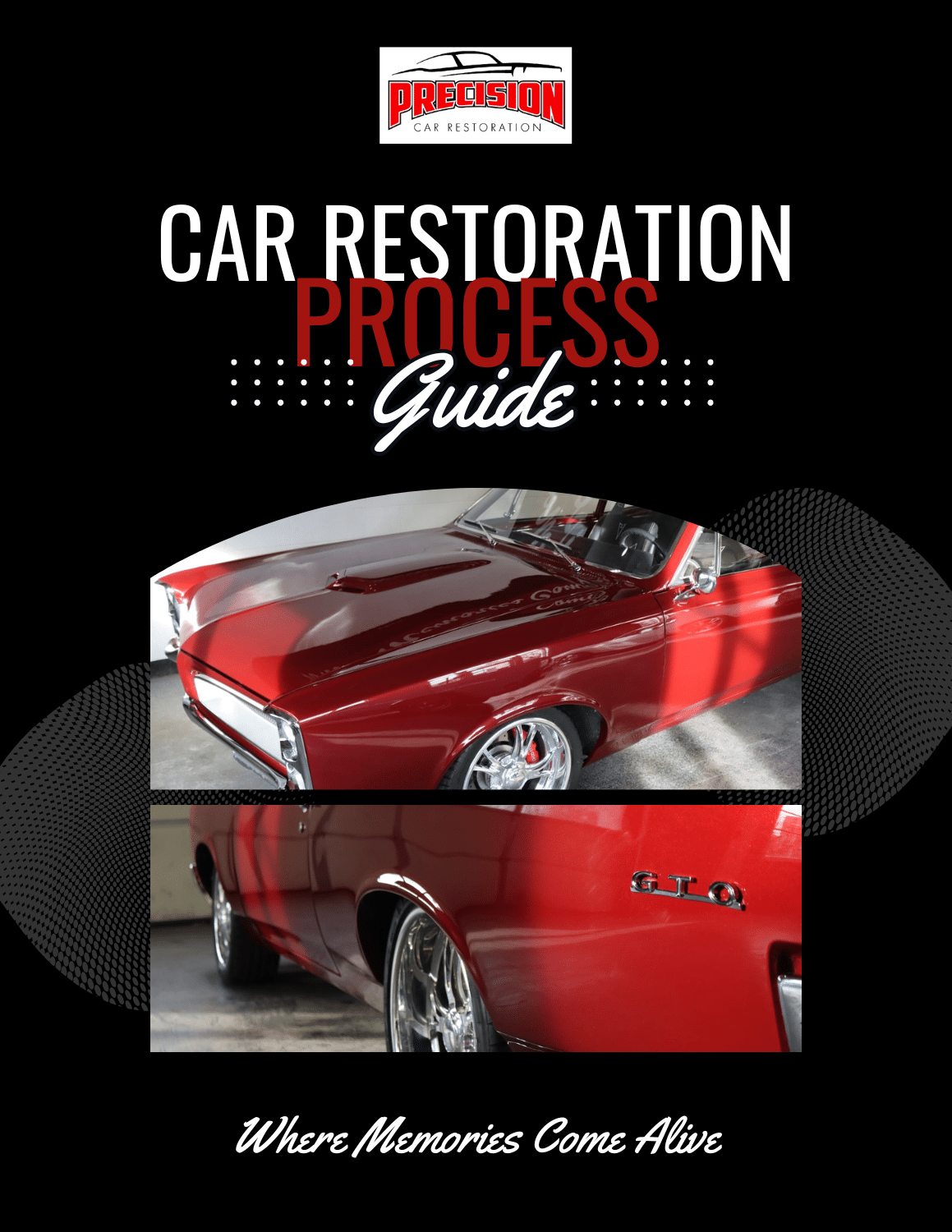Prepare your car for the winter.
Winter time is just about here and for some the driving season is almost over. Many cars are parked and never touched until the spring. These are just a few tips for winterizing you classic car and storing you car for an extended period of time. To ensure you will be ready for the road next spring.
Fuel
One of the first things to go during an extended storage is the fuel. The properties of gasoline can break down within six months. Gasoline that has gone bad can cause a multitude of problems from poor performance, to clogged fuel filters, and even causing internal problems within a carburetor. The life of the fuel can be extended buy using a fuel stabilizer such as Sta-bil. When used correctly the life of the fuel can be extended for up to two years.
Add the fuel stabilizer to your fuel before filling up. This will help to ensure it is mixed in thoroughly. It seems strange to add fuel just before storing, but an empty tank will allow air and moisture to exposed metal surfaces causing possible corrosion and rust. Just before storing add your full stabilizer and fill your tank. After you have filled your tank, it is a good idea to put on a few miles to allow the treated fuel to circulate through the system.

Maintenance
Regular maintenance is never a bad idea before storage. Changing you oil, oil filter, transmission fluid, and axel lubricants will help keep any dirt and debris out of the system, some of which can break down the viscosity and lubricating properties of the oil.
If your engine is completely sealed before you store your vehicle, don’t be too surprised to see a few drips of oil the next spring after you drive is a few time. Some seals can dry out over an extended period of sitting, causing minor leaks as they expand and seal after a few times of being oil soaked and heated.
In colder temperatures it is very important to make sure your cooling system is filled with good antifreeze. It’s a good idea to have you coolant good for up to at least -20*. This will help any freezing over the cold winter months and protect the radiator hoses and engine block form cracking or popping a freeze plug.
During periods of long storage, its recommend that you remove the battery cables from the battery. Clocks and other items will eventually cause the battery to drain and electrolysis will cause the terminals to corrode. With the battery unhooked a battery tender is a good way to keep you battery in top shape.
Tires
If possible it’s a good idea to put your car on jack stands. After extended periods of sitting, tires can form flat spots. These flat spots can ruin a set of tires, by throwing them out of balance and keeping the tires from holding the weight of the car will help prevent these flat spots.
Interior
The best way to protect you interior over the winter months is to give it a thorough cleaning. Critters and mice like to find their way into the interior of cars, and cleaning up a food source like small crumbs underneath a seat will reduce the chances of a live in guest.
Leather seats should be conditioned. Vinyl dashes, seats, and door panels, should also be wiped down thoroughly with a vinyl and plastic protectant. This will help preserve these pieces as best as possible.

Exterior
I have never been a fan of car covers. Far too often I’ve seen scratched cars because of covers, but during long storage a cover is not a bad idea. When used carefully car coves will help tremendously to protect the paint, but when the proper steps are not taken a car cover can do more harm than good.
The first step is to clean your car thoroughly. Remove any tar or bug guts from rocker panels and grills. These things will stain paint and chrome so make sure you have taken your time when cleaning. After your car has cleaned and free from foreign objects, apply a good wax. This wax will help the paint when in contact with a car cover.
A water proof cover with a soft underside is the best option. Make sure you examine the cover for dirt and debris. When a vehicle is stored indoors is not as critical to fully secure a cover, but in outdoor situations it’s vital. Make sure the cover snug and free from loose fitting material. In windy situations the extra mater can blow and flap in the wind. This movement between the body and cover will eventually cause scratches and possibly wear through the paint.



